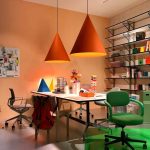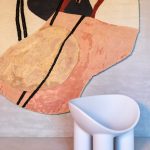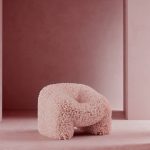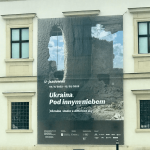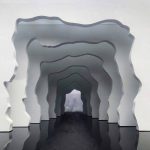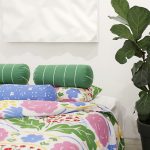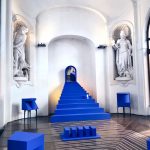The most intense design week of the year is over. It took me quite a few weeks to digest all the information and the visual input. In this post I would like to share my personal impressions from Milan Design Week 2019. The sheer number of events of the Fuorisalone happening around Milan at times felt overwhelming, but as you will see, I organised my itinerary mainly around exhibitions related to art and environmental topics. While it’s true that, unfortunately, some events open to the general public lacked the scale and innovation of previous editions, I still found those that were thought-provoking or simply appealed to my sensitivity.
For my recap, I’ve chosen design installations with a spatial dimension, set up in the historical environments of Milan. They transformed these locations with contemporary vibes and the end result, a poetic mix of the past and present, created a high visual impact. If you’re curious or missed any of them, I invite you to discover my picks.
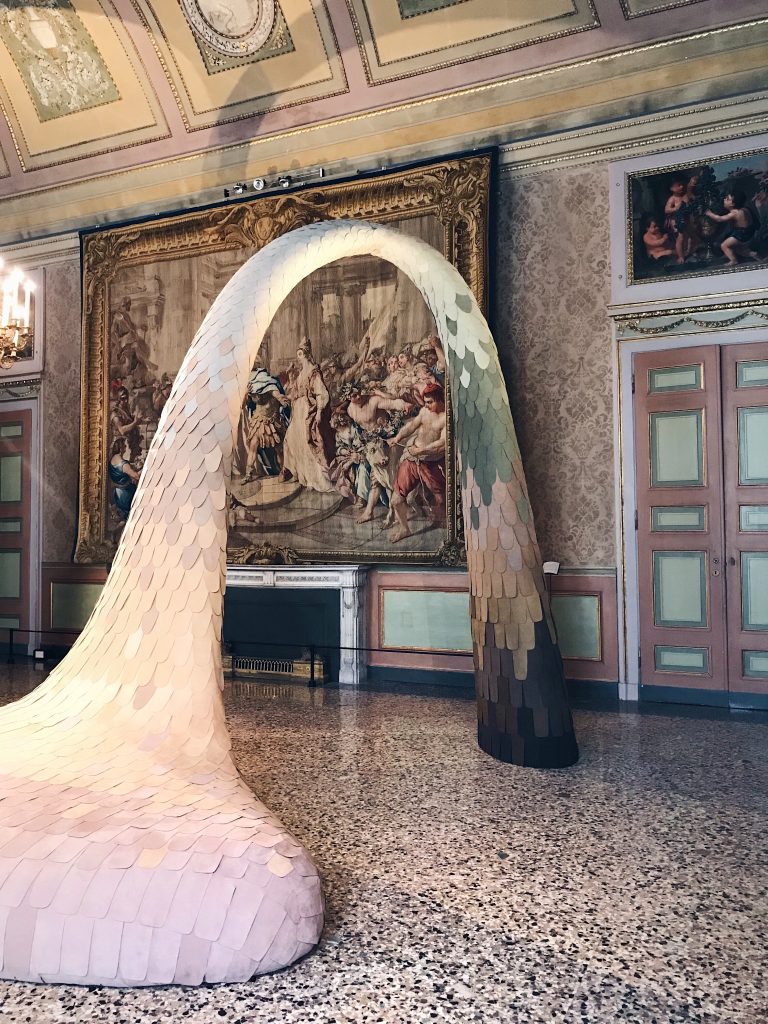
De/Coding. Alcantara in the Tapestry Rooms
Last year I stumbled upon Alcantara’s ephemeral ‘Nine Journeys Through Time’ project completely by chance, while heading to see another exhibition at Palazzo Reale, which hosts fine art, fashion and photography exhibitions in Milan. It made me want to return this year to see their latest installation called ‘De/Coding’, a reflection on complex meanings and visual codes present in the treasured tapestries inside the Tapestry Rooms. The project drew inspiration from Ovid’s Metamorphoses and the classical Greek myths depicted on the tapestries. My favourite installations were created by Sabine Marcelis (I wrote about her here), Constance Guisset and Space Popular with the use of the Alcantara material. Overall, this dreamy, conceptual exhibition crossed the boundaries between art and design, inviting visitors to rediscover and reinterpret the meaning of ancient tales.
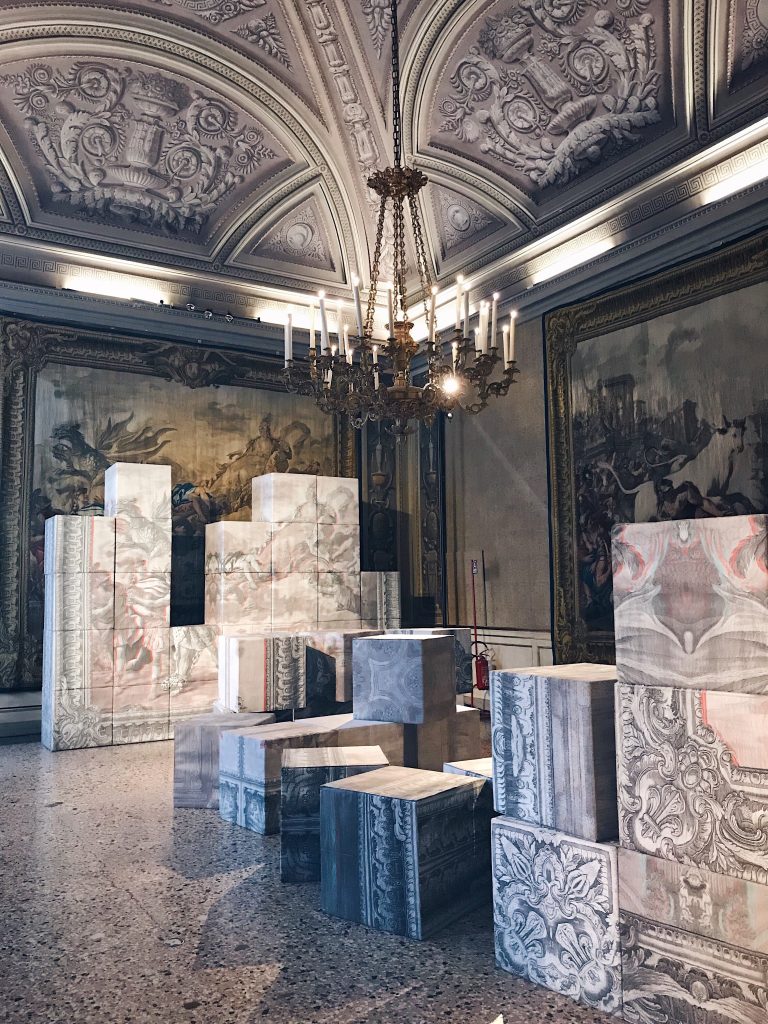
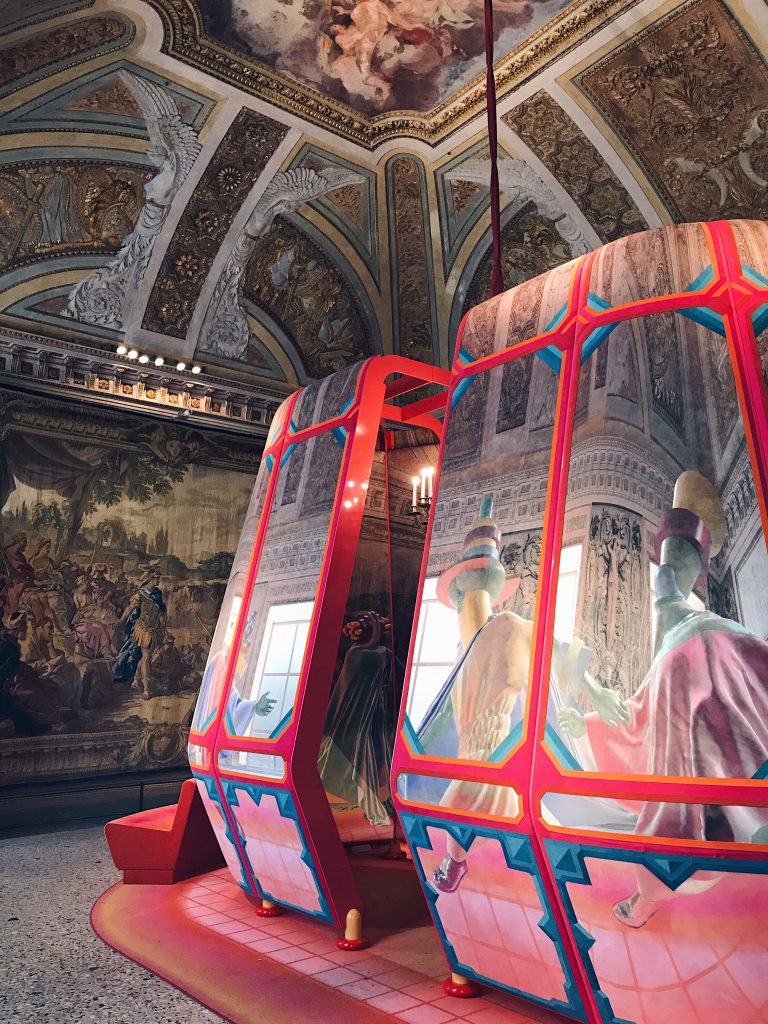
Interni Human Spaces
Every year the 15th century courtyards of University of Milan turn into an open-air design installation curated by Interni magazine, the most prominent of this kind during the design week. I’m always mesmerised by the way in which sculpture-like objects interact with the stately architecture of the historic seat, so I took advantage of a sunny day (unfortunately, the whole week was unusually cold and rainy) to view this year’s edition. Over thirty installations explored the theme of human spaces: architecture and design in relation to our wellbeing and natural resources, inspired by the words of the legendary Brazilian architect Oscar Niemeyer: ‘Life is more important than architecture.’ Below you can see the photos of my favourite ones.
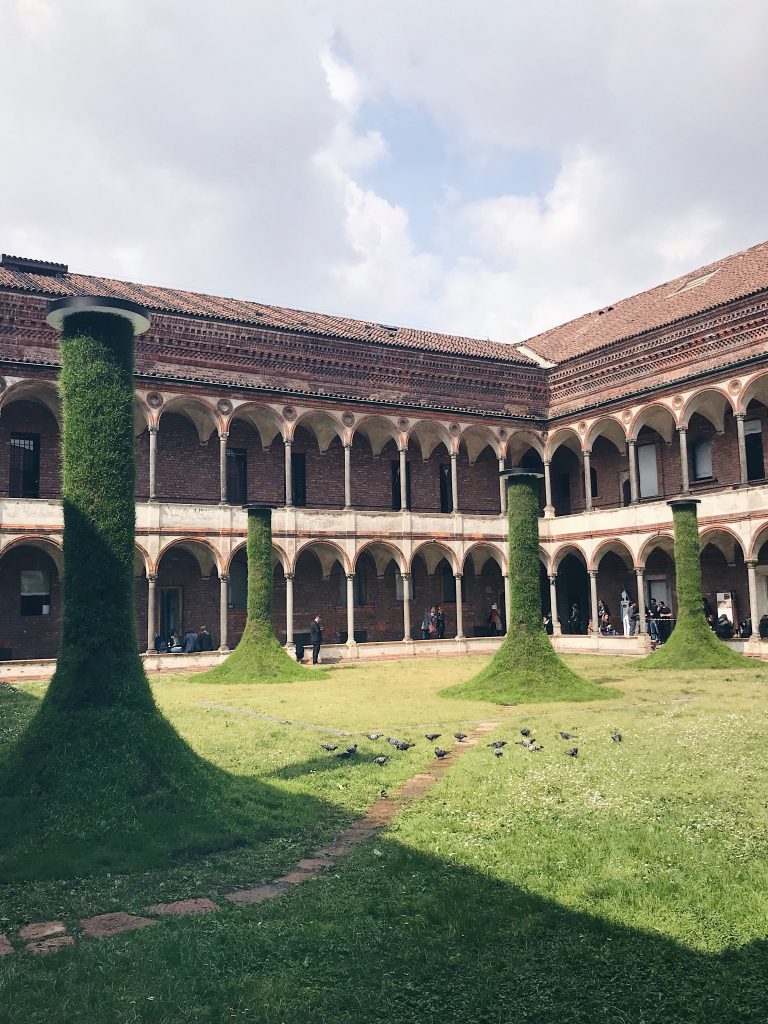
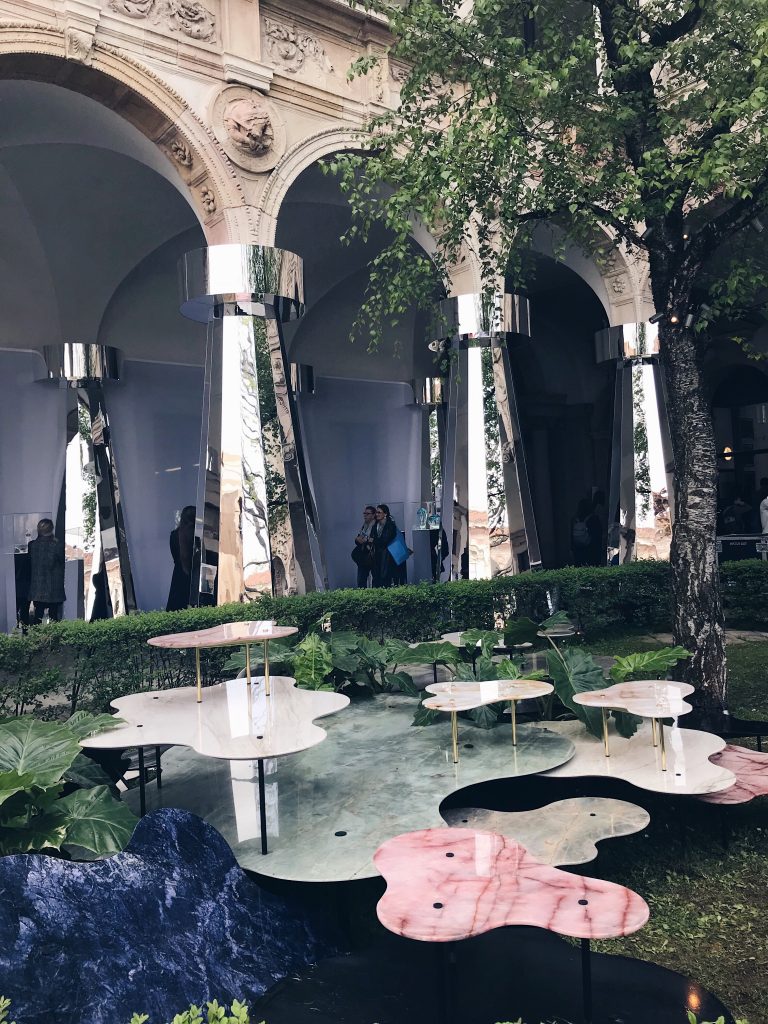
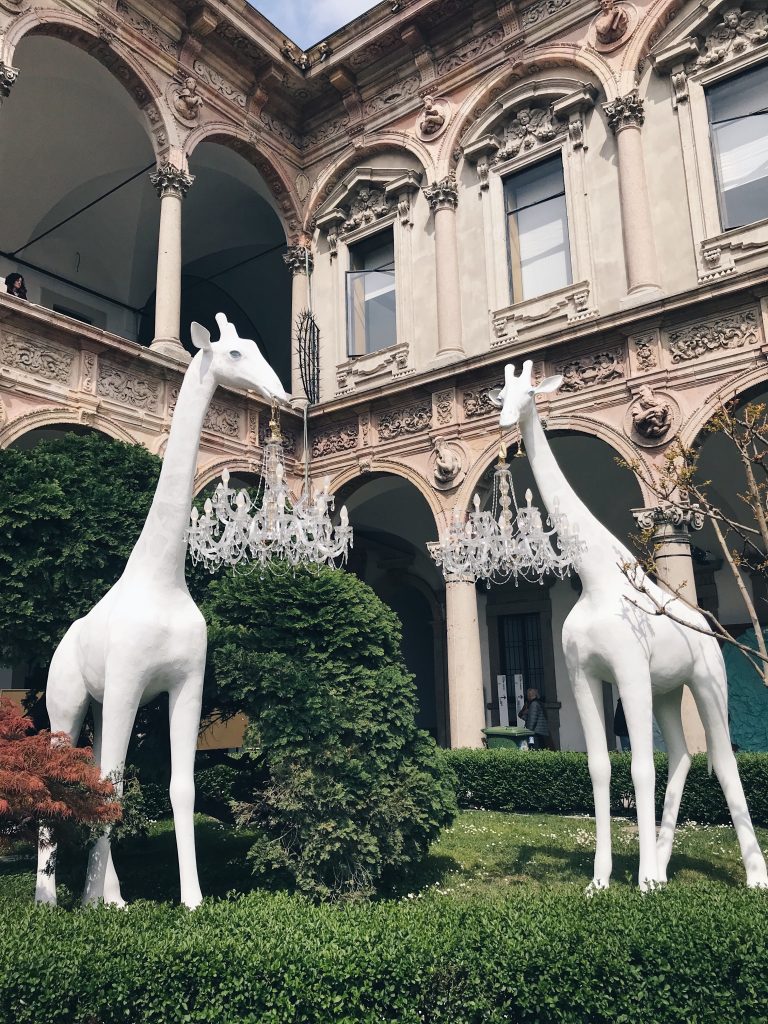
Ventura Centrale
For its third edition, Ventura Centrale expanded from nine to seventeen installations staged in abandoned industrial warehouses under railway tracks of Milan Central Station. Those dark vaults enhanced the visual effects of site-specific installations. Indeed, the ones that I found the most memorable appealed to our senses by playing with colour, light and sound. Noroo Group, a Korean company specialising in colour trends, created an installation with fluid colours that change according to the rhythms of nature. Dai Nippon Printing (DNP), showed a traditional and innovative side of printing, while Aria, an Italian lighting brand bewitched with dream-like chromatic effects.
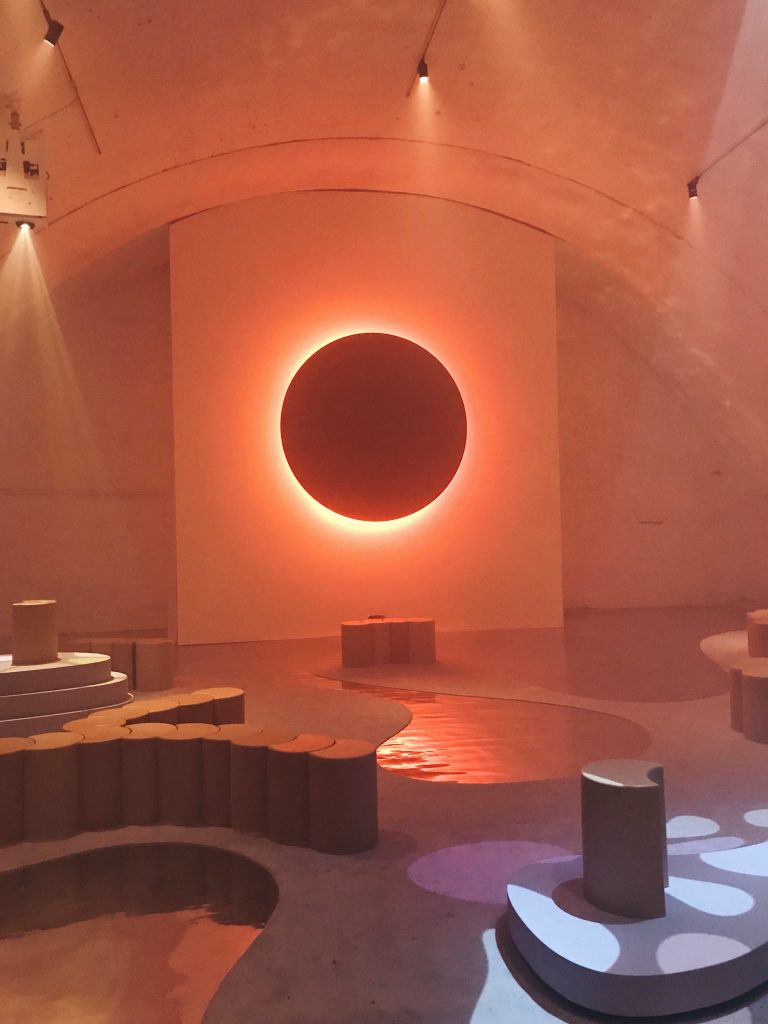
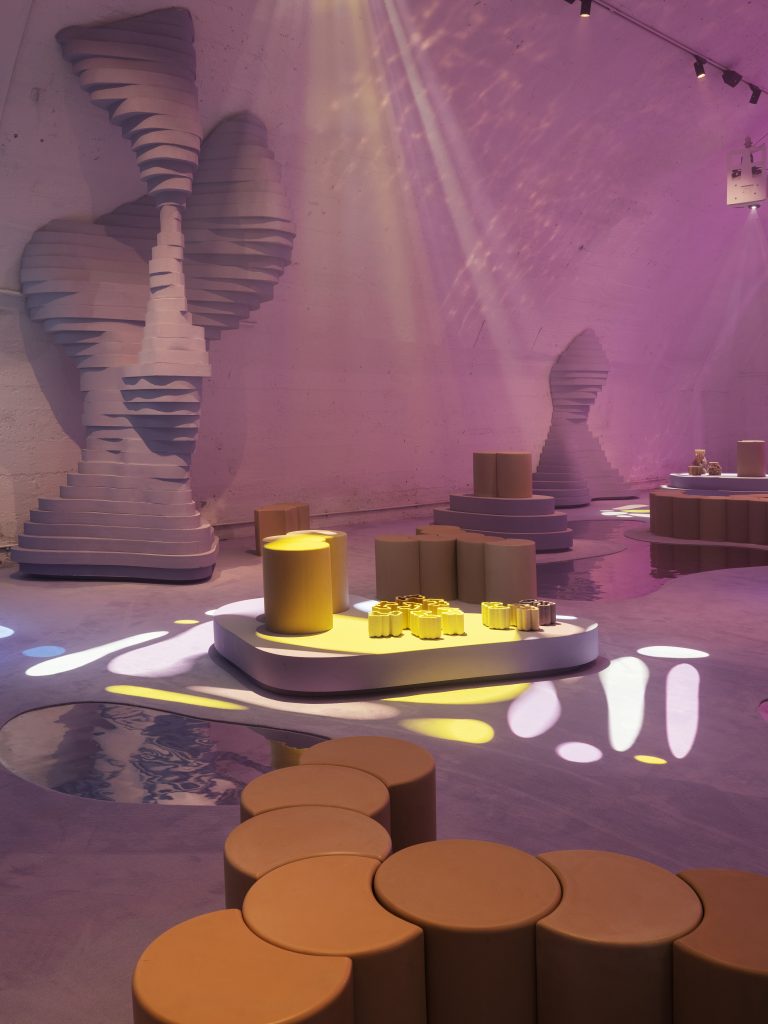
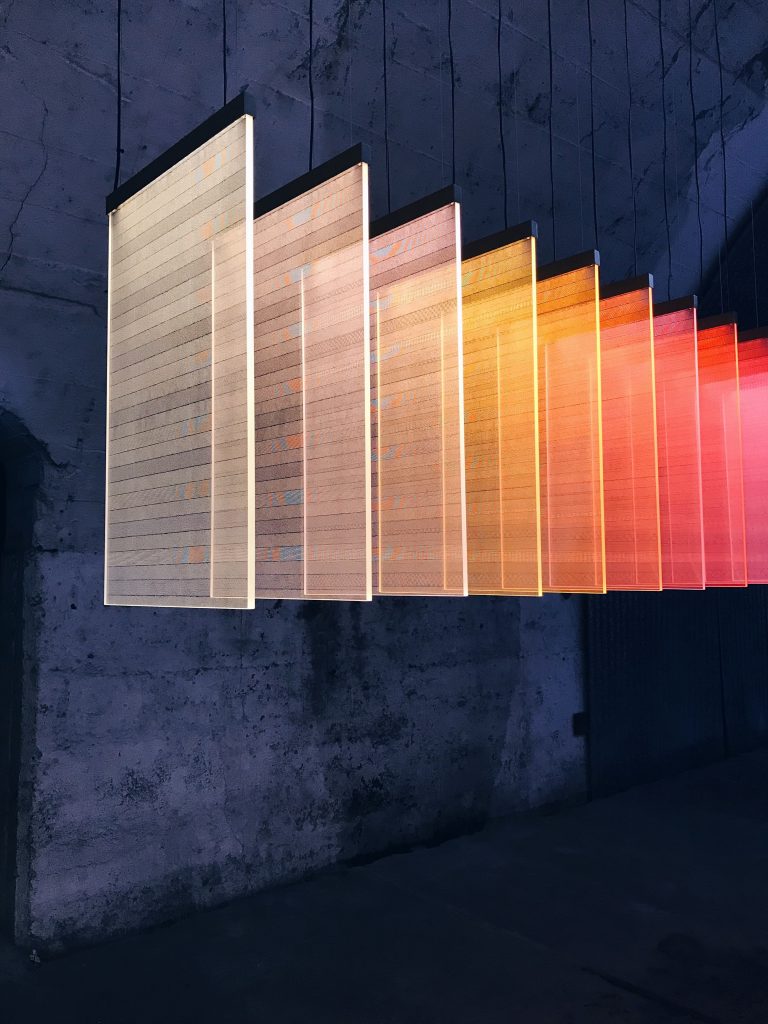
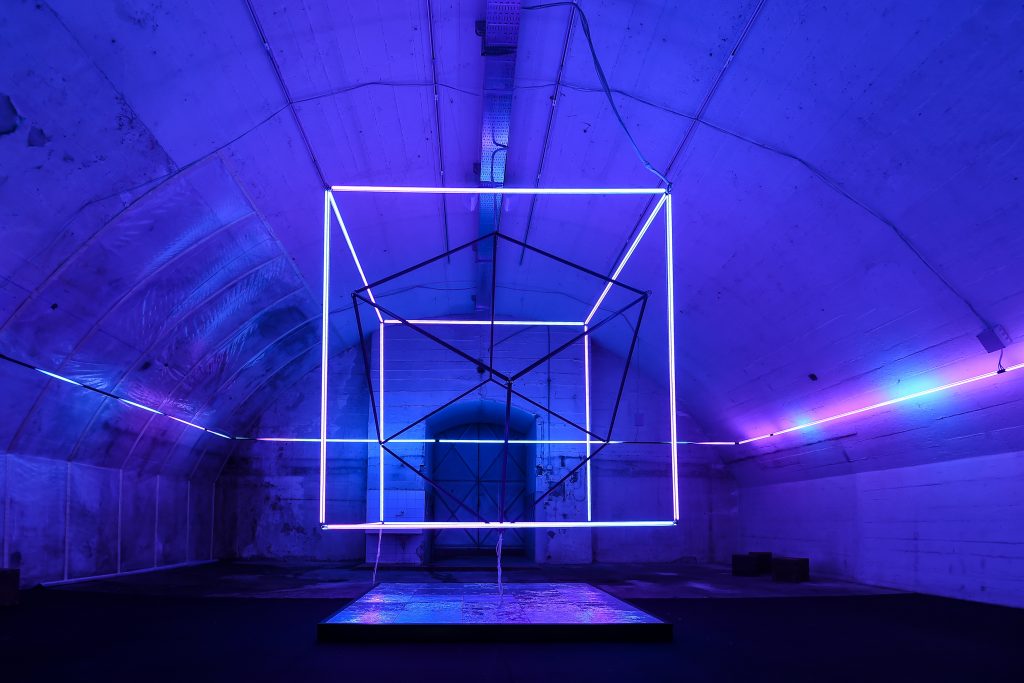
Louis Vuitton Objets Nomades
Each year since 2012 the French luxury brand unveils its latest Objets Nomades collection in one of the historical palaces in Corso Venezia. This year it was Palazzo Serbelloni with its sumptuous interiors, which hosted a collection of artisanal objects created by top designers from around the world. It was one of the most popular exhibitions that attracted crowds of visitors who normally don’t follow design news. Some of them waited a couple of hours outside the palace in order to witness this visual feast and immerse themselves in the spectacle. Below are my favourite pieces from the collection.
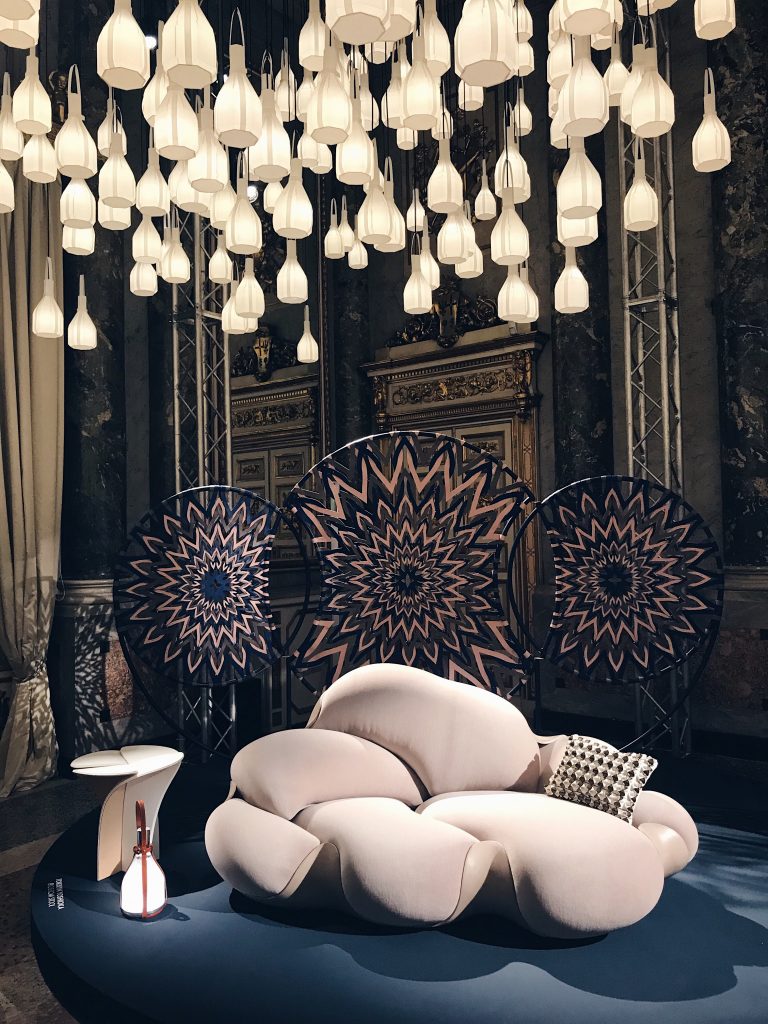

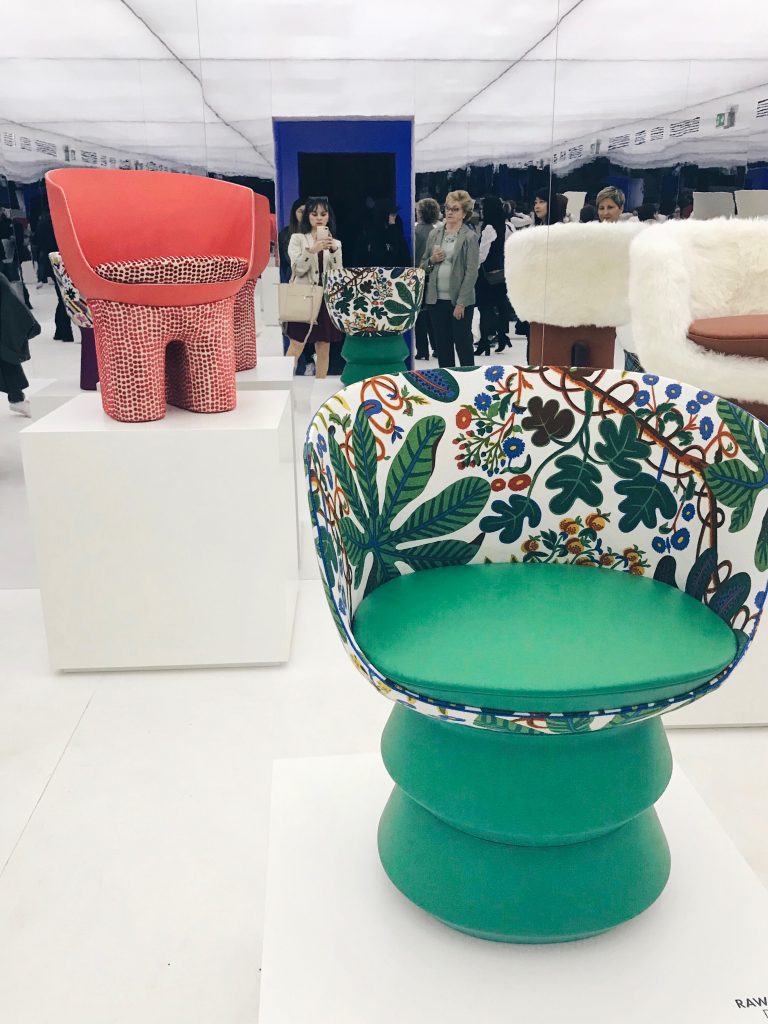
The Echo Pavilion by Pezo von Ellrichshausen
The interaction between historical architecture of Milan and contemporary design was not limited to interiors only. One of the most beautiful and poetic installations of the Milan Design Week 2019 was a mirage-like pavilion by an award-winning Chilean art and architecture studio Pezo von Ellrichshausen, founded in 2002 by Mauricio Pezo and Sofia von Ellrichshausen. The structure in the courtyard of Palazzo Litta resembled an open box reflecting the colonnades of the baroque palace. The Echo Pavilion was a prelude to the Litta Variations exhibition inside the palace that I will discuss in my next post.
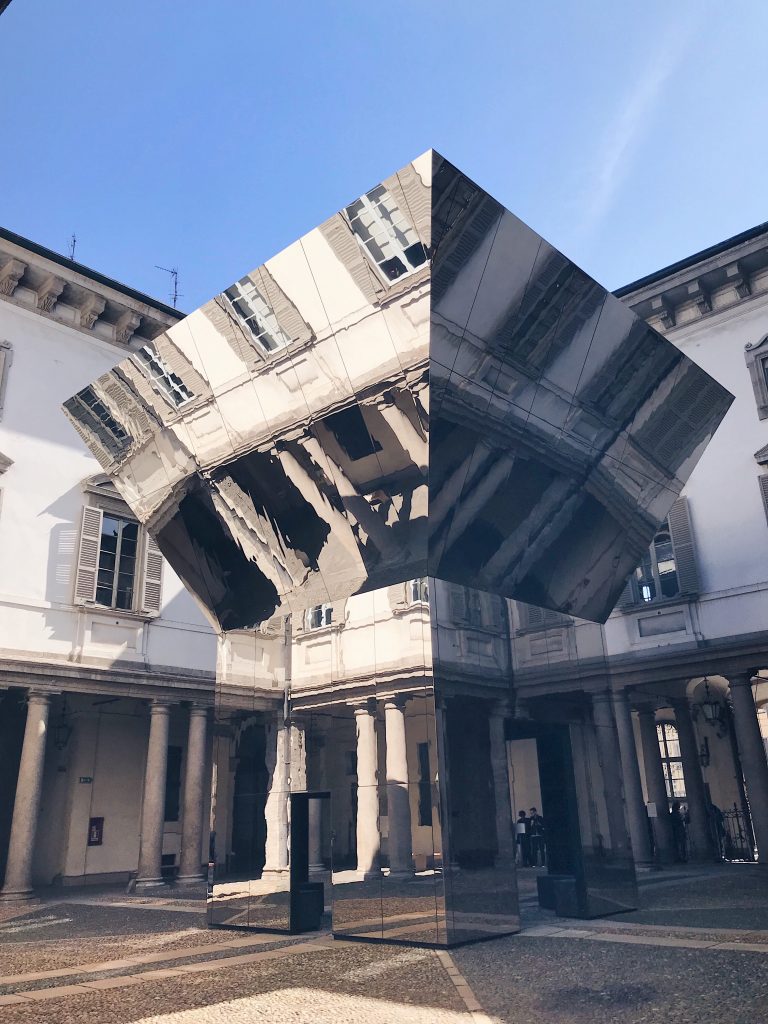
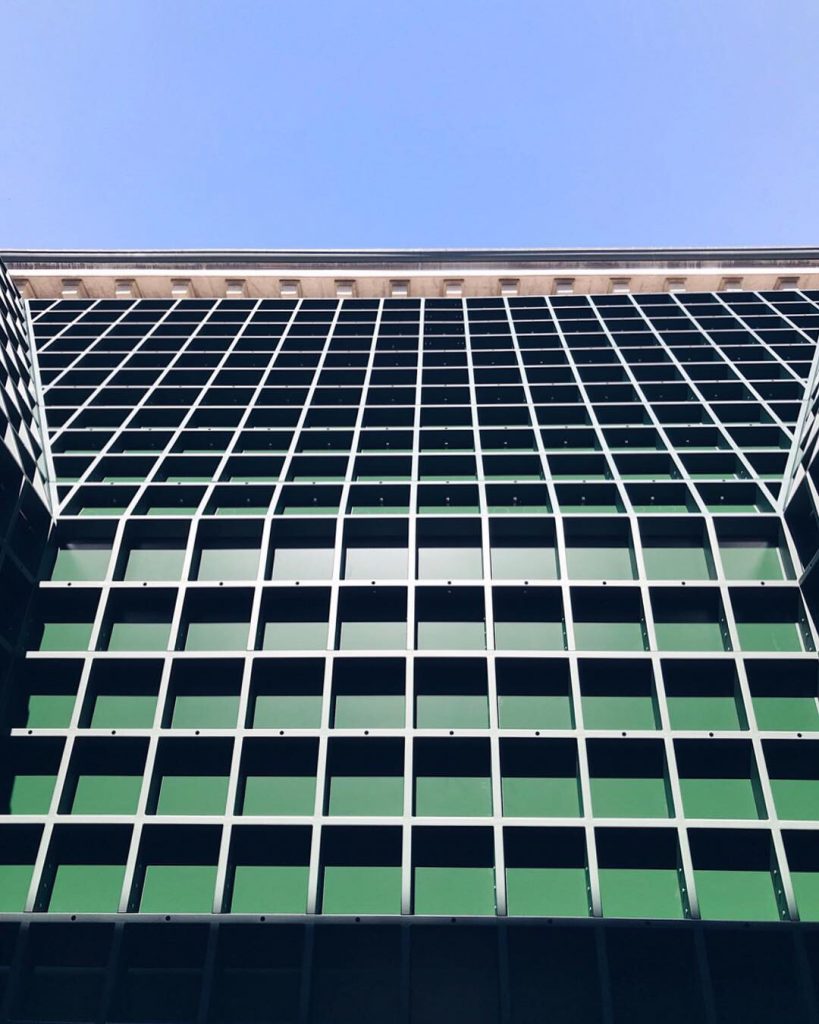
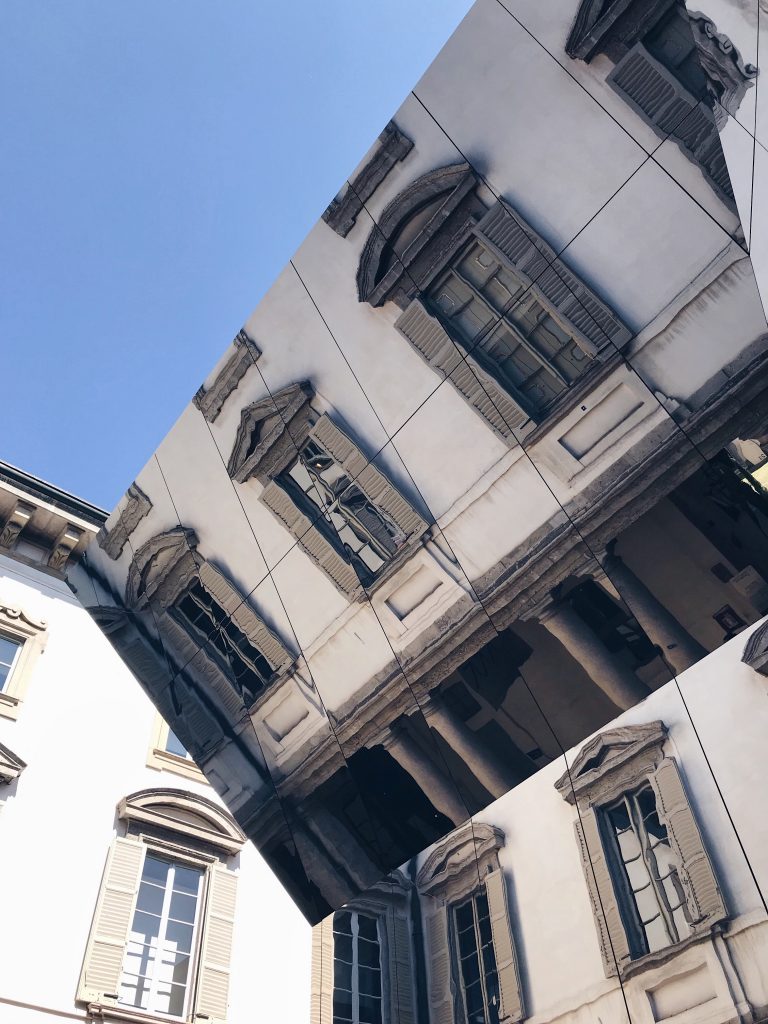
Let me know what you think about my selection and stay tuned as more Dreams & Design insights from Milan Design Week 2019 will be published in the coming days.
